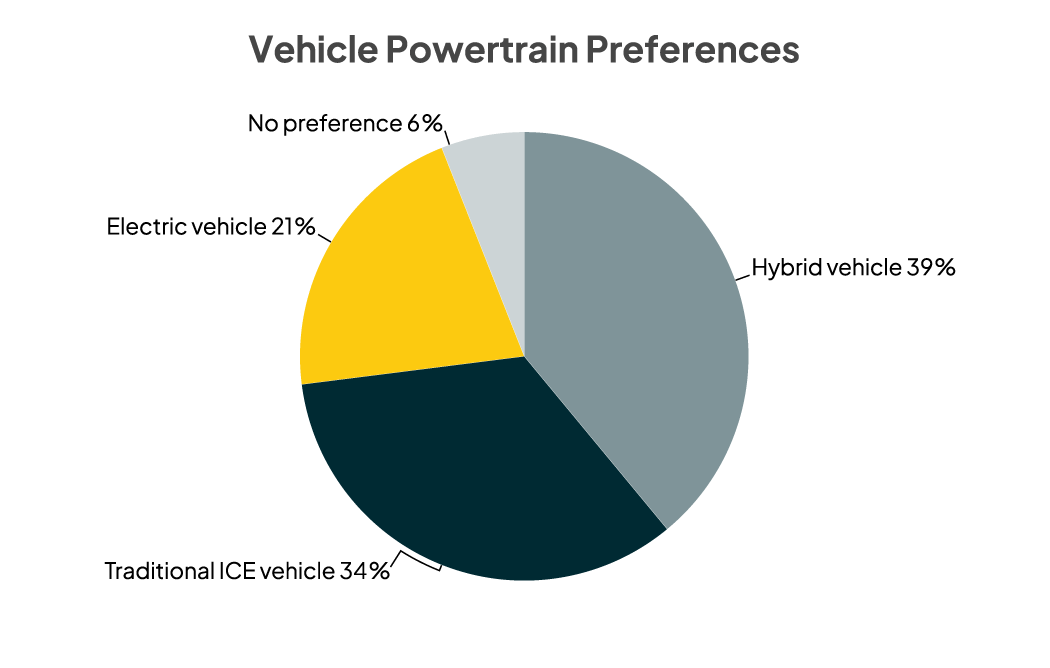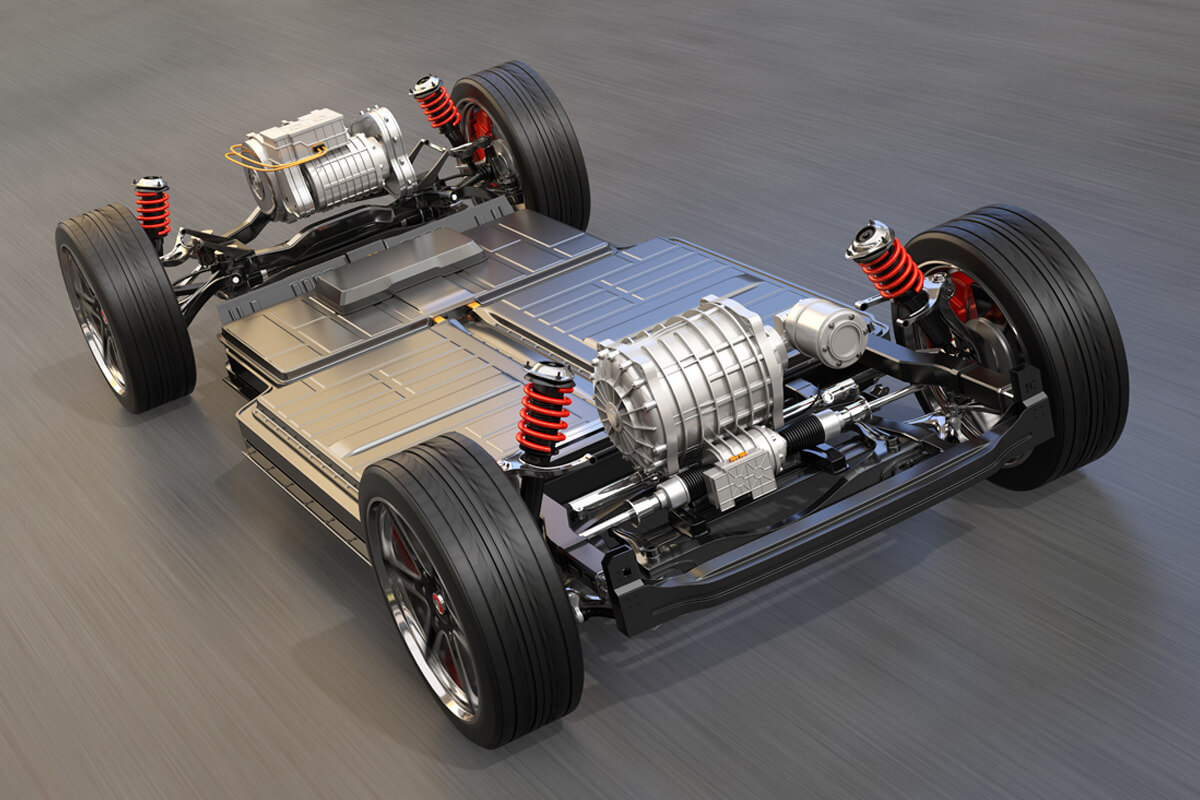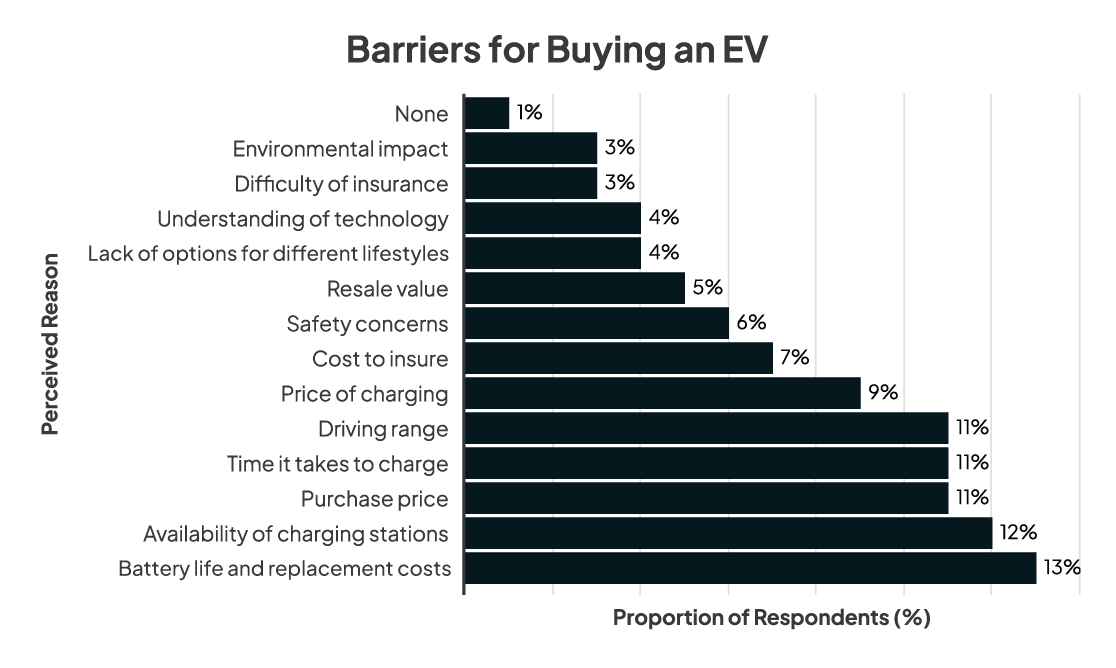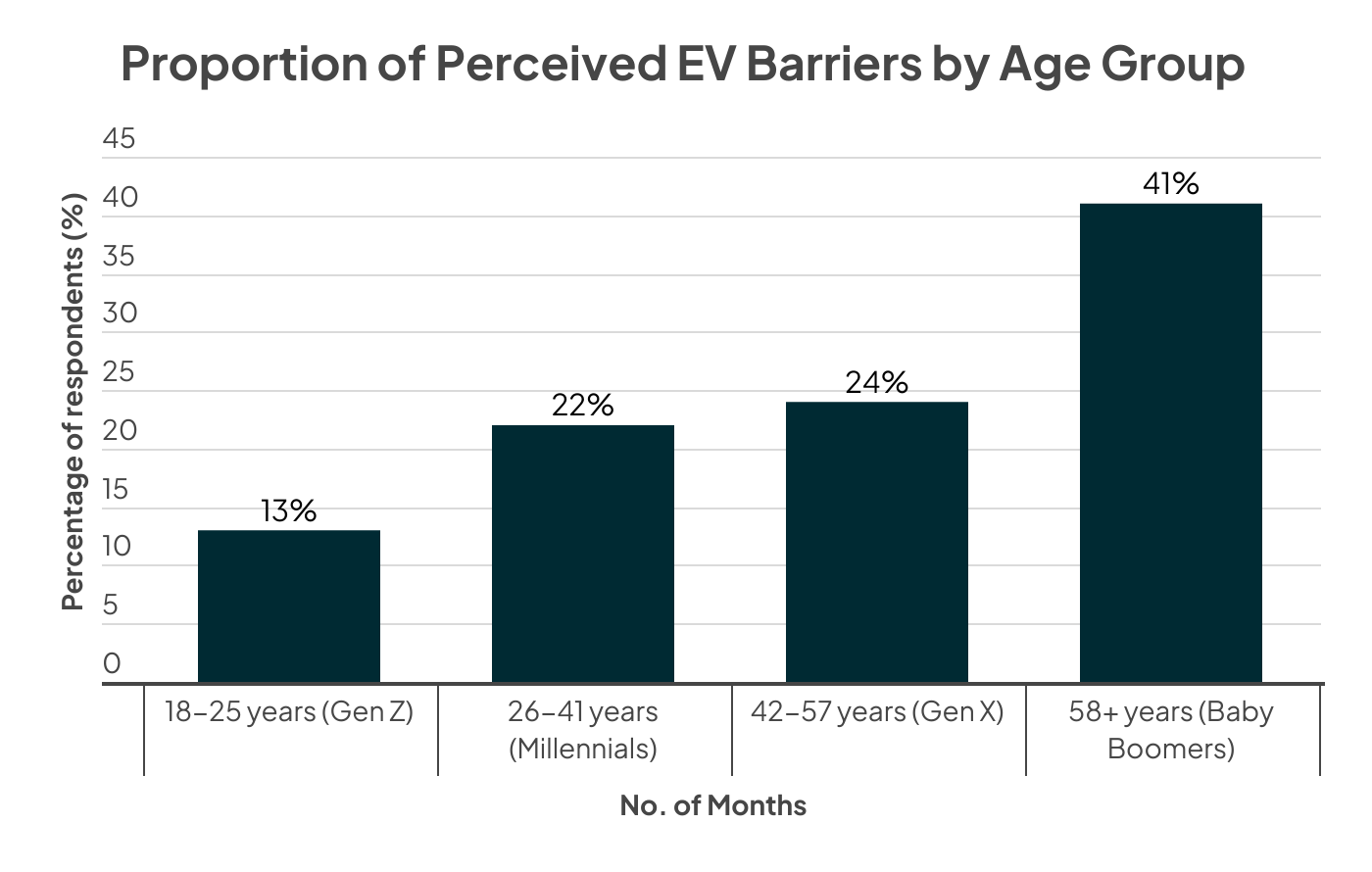The Burrow

The future is electric, but not everyone is accelerating towards buying an electric vehicle (EV).
Amid a slowdown in new electric car sales globally, some carmakers have weakened EV ambitions.1,2
As car insurance comparison experts, we surveyed more than 3,000 people across Australia, the United States, and Canada to find out people’s preferences towards traditional internal combustion engine (ICE) petrol and diesel vehicles, hybrid electrified vehicles (HEVs), and full battery-electric vehicles (BEVs) in 2024.
Here were the key findings.

If all powertrain types were sold for the same price, hybrid vehicles were the preferred choice for consumers – according to the nationally representative sample.
This represents a shift away from petrol and diesel vehicles towards a more fuel-efficient electrified option, while still maintaining the traditional ICE engine.
However, full EVs lagged behind in third, representing just more than one-in-five of consumer preferences.


Combined across all three countries surveyed, EV battery longevity and potential replacement costs were the key perceived barriers to purchasing an electric car.
That’s despite modelling suggesting a lithium-ion EV battery will last for about 16 years with typical driving and, in the rare case that a replacement of the entire pack (instead of individual models) is needed, it’ll likely cost similar to replacing an ICE engine at between $10,000 to $30,000 depending on the battery size.3,4
Respondents also perceived the availability of public EV charging stations as a barrier, even though recharging is usually done at home or work (if available).
Other top cited factors include the purchase price, time to recharge, and driving range.

Breaking down the data, older generations progressively had more reservations about purchasing an electric vehicle than younger adults.
Almost half of the nearly 13,000 responses for EV barrier concerns came from baby boomers (58-year-olds and above) and almost a quarter were from Generation X (42 to 57 years old).
In contrast, younger Generation Z adults (18 to 25 years old) had cited the least proportion of concerns with buying an EV.
The following tabs reveal individual country-by-country results.
Combined across all three countries surveyed, EV battery longevity and potential replacement costs were the key perceived barriers to purchasing an electric car.
| Country | ICE | HEV | BEV |
| Australia | $44,470 | $45,087 | $46,606 |
| United States | $35,575 | $35,362 | $34,850 |
| Canada | $41,144 | $45,538 | $45,954 |
| Average | $48,049 | $49,754 | $50,154 |
All prices shown are in AUD.
On average, all participants said they would be willing to spend a similar amount of money for a full electric vehicle compared to a traditional petrol or diesel vehicle.
Respondents were typically open to paying about a $2,000 premium for an EV over a conventional ICE vehicle.
While EVs are generally more expensive to buy, several Chinese-made models now cost on par – if not cheaper – than some comparably-specified petrol and hybrid cars, including the GWM Ora, MG 4, and Tesla Model Y.5
Compare the Market’s Executive General Manager of General Insurance, Adrian Taylor, said while the typical perceived EV barriers and misconceptions remain, electric cars are suitable for many Australians seeking to save money on vehicle running costs.
“The barrier to enter into EV ownership has come down significantly in recent years – allowing motorists to access generally lower running costs, particularly when charging at home,” Mr Taylor said.
“Electric cars today already provide more than enough driving range for most commutes in metro areas, plugging in at home or work means owners don’t need to depend on often pricier public charging stations, and there are now a wider variety of new EV models to choose from.
“But the transition isn’t happening overnight.
“Hybrids have appeared as a stopgap alternative while some wait and see how EV technology develops amid the perceptions and myths.
“It’s clear that time is still needed for some consumers to overcome the hurdles of buying an EV.”
Mr Taylor said it’s also important to have a level of protection when buying any new or used vehicle.
“Car buyers should choose a vehicle type that suits your daily driving needs – and consider protecting it with a car insurance policy that accurately reflects how much you drive and where you park,” Mr Taylor said.
“Hybrid and full electric vehicles are generally more expensive to insure due to the battery pack and specialist technicians required for repairs, so it pays to compare what car insurance policies are on offer.”
Always read the Product Disclosure Statement (PDS) and Target Market Determination (TMD) to check for the inclusions, limits and restrictions before purchasing.
Compare the Market commissioned PureProfile to survey a nationally representative sample of 1,005 Australians, 1,001 Americans, and 1,000 Canadians in July 2024.
Monetary conversions were conducted on 30 July, 2024 to the Australian dollar for USA and Canada responses.
Additional sources: